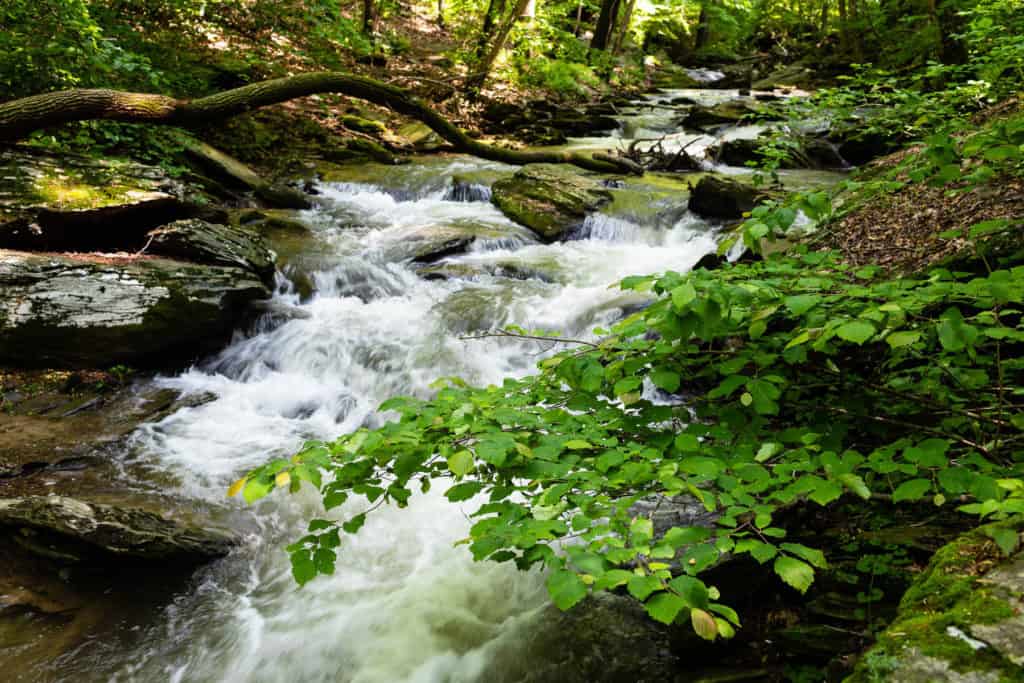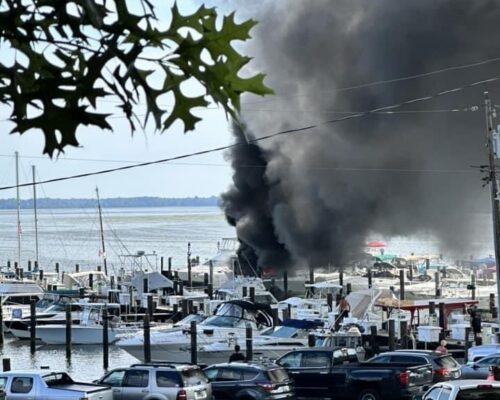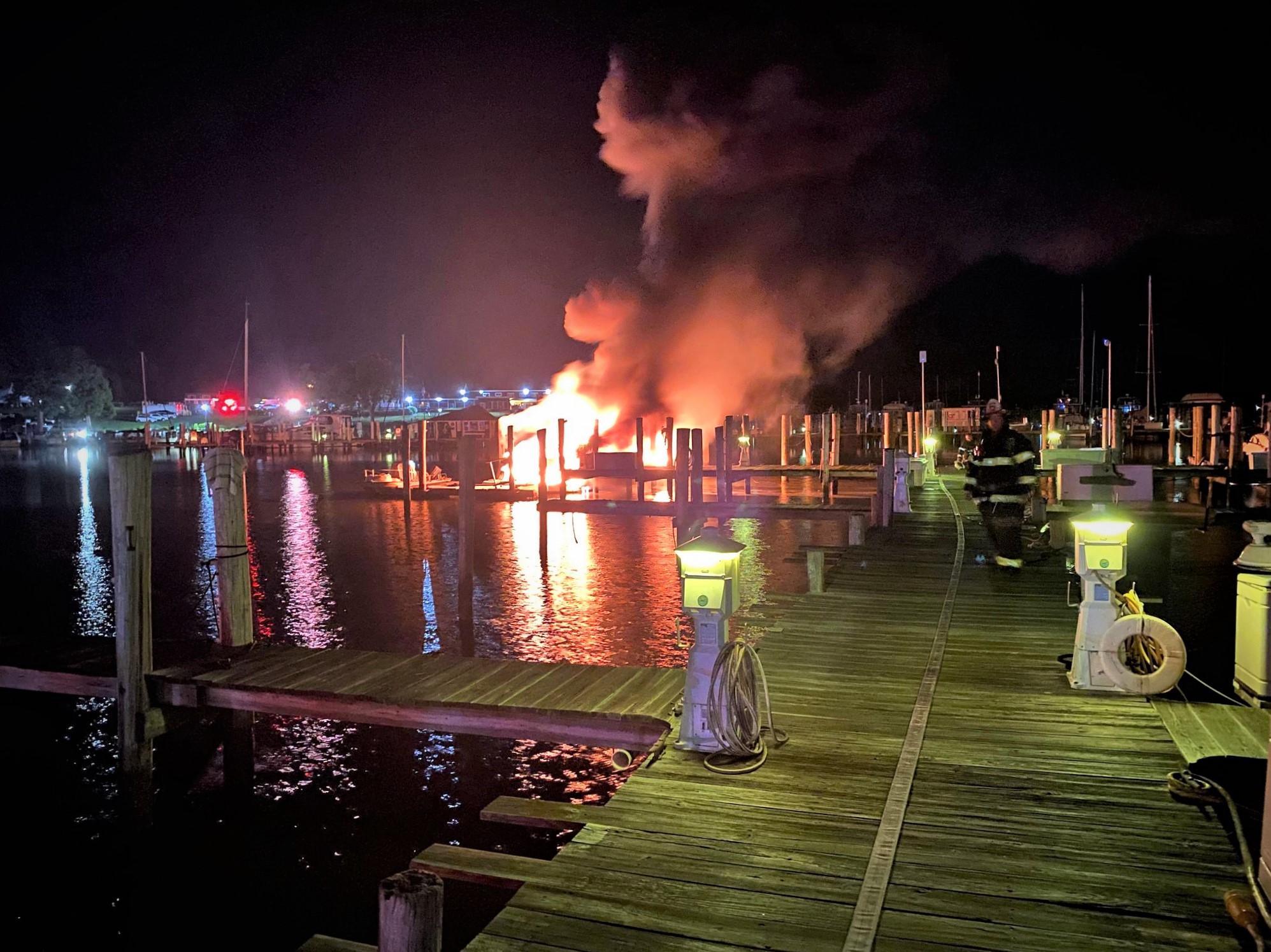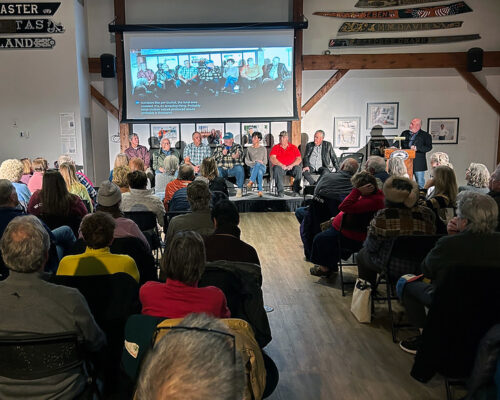More than six months after Maryland Governor Larry Hogan urged Pennsylvania to get in line with Chesapeake Bay pollution goals, Maryland is taking legal action against its border state—and the federal government.
Governor Hogan directed Maryland Attorney General Brian Frosh to prepare lawsuits against the Commonwealth of Pennsylvania “for repeatedly falling short of necessary pollution reduction goals,” and against the Environmental Protection Agency (EPA) “for failing to enforce the Chesapeake Bay Total Maximum Daily Load (TMDL).
As all of the Bay states work towards a restored Chesapeake, each state has specific pollution goals— limits on how much nitrogen, phosphorus, and sediment should go into the water— contributing to the Bay’s overall “pollution diet” that’s designed to achieve clean-water goals by 2025. Each state must periodically submit a Watershed Implementation Plan to the EPA, laying out exactly how it intends to reach the next benchmark toward the 2025 goal.
Last summer, Maryland, Virginia, and Washington, D.C. laid out sufficient plans to reach pollution-reduction goals, but Pennsylvania fell short. How far short? The Chesapeake Bay Foundation sums it up:
“The plan included an annual estimated funding gap of more than $300 million and fell 25 percent short of the state’s requirement for reducing nitrogen.”
The EPA acknowledged the gap, but did not indicate it would take any action against Pennsylvania. Controversial comments recently made by the EPA’s Chesapeake Bay Program director may suggest that the EPA doesn’t plan to enforce the targets.
At the January 3rd Chesapeake Bay Commission meeting, Program director Dana Aunkst reportedly called the pollution limits “aspirational,” and “not enforceable.”
Since then, a group of 20 U.S. Representatives and members of Congress sent a letter to EPA Administrator Andrew Wheeler, demanding the EPA clarify its position on the enforcement of the pollution reduction targets.
In the letter, the group, which represent Maryland, Virginia, Delaware, and Washington, D.C., called Aunkst’s comments “deeply disturbing.”
“This is totally contrary to the intent of this decade-long effort and, if it is the position of the EPA, risks critical progress to restore the Chesapeake Bay,” they write.
To read the full text of the letter, click here.
The Chesapeake Bay Foundation (CBF) was among those outraged by the EPA’s response to concerns about enforcing pollution reduction targets. CBF has sued the EPA before, and now supports Governor Hogan’s effort to sue the EPA and Pennsylvania now.
CBF says Pennsylvania’s clean water commitments are imperative to the overall Bay cleanup effort.
“Pennsylvania is the lynchpin of the Chesapeake Bay cleanup. The state makes up the bulk of the Susquehanna River’s watershed and the Susquehanna supplies about 50 percent of the freshwater that enters the Bay,” the Foundation writes.
In a statement, CBF president Will Baker says:
“So far, Pennsylvania’s elected officials have not made the investments needed to meet their clean water commitments. And EPA’s failure to impose consequences puts the entire cleanup at risk.”
The Maryland League of Conservation Voters are just as incensed. Executive Director Kim Coble says, in a statement of her own:
“This is a profoundly sad and disappointing moment in Bay history. After decades of leadership on Bay clean up efforts, we are watching the Environmental Protection Agency (EPA) turn its back and walk away from the Chesapeake Bay. EPA is abdicating its role and responsibility by treating the Bay clean up plan as an ‘aspirational document’ and not as the effective model it has been recognized as and proved to be.”
Bay Bulletin will stay on top of the pending legal action and any response from the EPA.
-Meg Walburn Viviano




